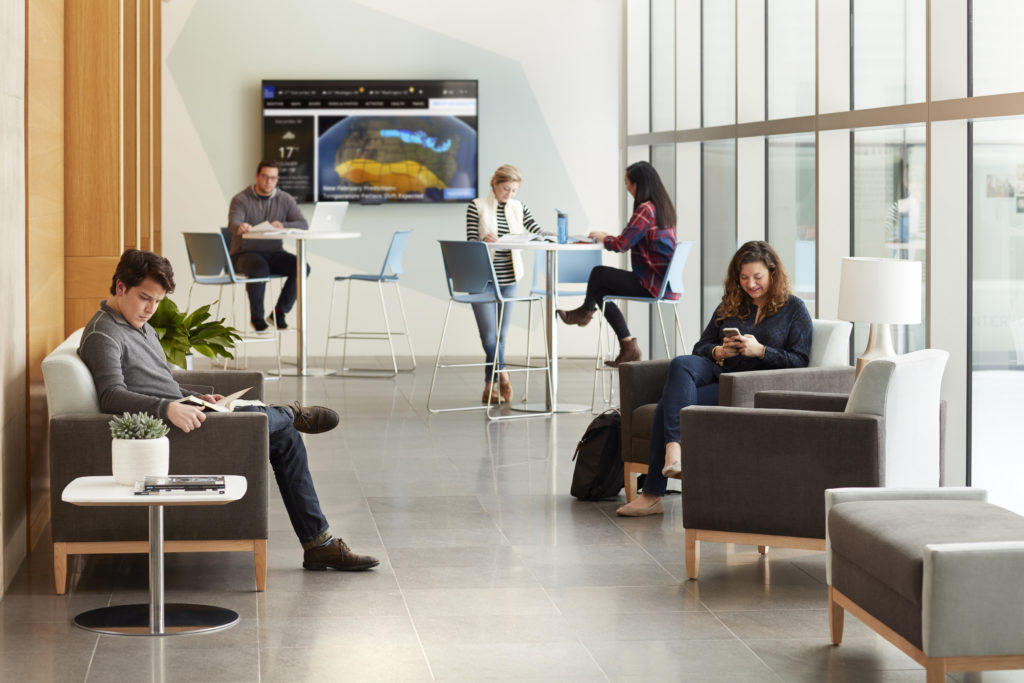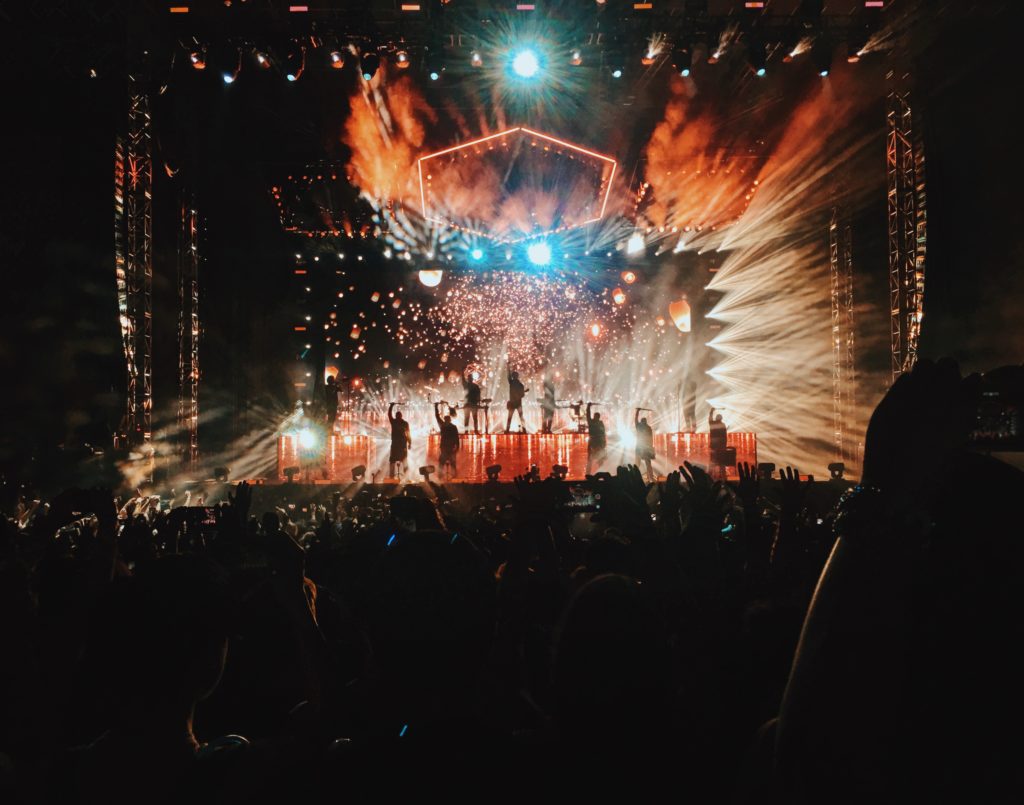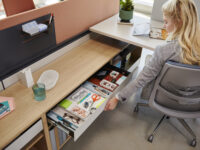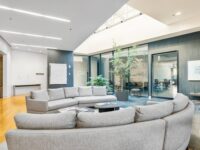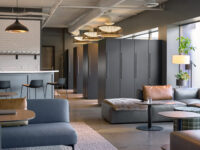Hi everyone!
Chelsea here – I’m excited to dig into this book with all of you, the content to support the past 4 years of research as well as the illustrations make this book very enjoyable and a quick read! If you haven’t already, grab a copy and join me! If you missed the first post, read it here!
Chapter 2 Knowledge Interactions – Learning from the library
“Schooling traditionally stopped when work began. In the knowledge society it never stops.” – Peter Drucker
We live in an age where a majority of jobs are knowledge based rather than the traditional trade based. As technology advanced, machines replaced a lot of the trade or traditional process jobs done by individuals repeating the same task. As technology continues to advance we need to be ready to continuously learn, adapt quickly, and develop new skills to stay competitive, and that is one of the largest challenges for companies today. How do you drive innovation to compete on a national level and the even bigger question they want to know is, what kind of environment will support that drive for innovation and collaboration throughout their organization?
Chapter two takes us into the academic library, a space that has seen a lot of change in the twenty-first century and in result, adapted their process to support how knowledge learners access and share information.
They focused on researchers and the 5 phases of their job: Discover, Gather, Analyze, Create, and Share. The libraries old role in their process was to provide resources for the gather phase but have shifted their focus to support all 5 stages of this framework.
They conducted a study consisting of interviews with a variety of researches who were from different industries and had different levels of experience with technology. They asked about where they prefer to work during each phase of their project and what helped them to be productive in those spaces. In conclusion, each researcher had different preferences for each stage and a wide variety of spaces to pick from was the favorable solution, which reflects the workplace concept of unassigned space and/or moving to different spaces based on the task at hand that day.
One thing I enjoyed hearing was how important to their daily motivation it was for these researchers to be surrounded by people in a social environment, to enhance satisfaction. Motivation is key to organizational success but understanding how to drive motivation is not easy. We learned here, social engagement and collaboration can have a positive influence on motivation.
They also discussed the importance of accidental discovery of information that tangible books can provide, which is not easily achieved through digital research. This accidental or impromptu interaction is not only important when it comes to objects but also interactions between people, sharing ideas this way can result in new discoveries and new ideas.
Form follows function, therefore, with the change in function of a library, it makes sense that the space adapts to reflect that change and how people are operating differently in the space. In addition to the design change, the name of the building is changing to communicate the new functionality. Names such as The Learning Grid and The Research Exchange hint towards a space where lots of different type of work can be accomplished.
The driving factors affecting the library are also those found in the workplace: increasing pressure on physical resources, widespread use of digital technology, and the resultant changes in the way we work and interact.
The biggest take away from research inside the library was how successful offering a variety of spaces to move to throughout the day, based on your task at the time, allows for greater potential for knowledge to be discovered, created, and shared.
Chapter 3 Emotional Landscapes – Learning from the theatre
When comparing the workplace to the theatre the first thing that comes to mind is the vast difference in the empathy and emotion the aesthetic creates visually. One being simple and non-dramatic while the other is on the opposite side of the spectrum, dramatic and complex. In chapter 3 we’re going to learn how we can
Following the simplistic and minimal style movement of symbolism was the modernist movement. There were two prominent set designers from this time; Adolphe Appia and Edward Gordon Craig, who highly influenced our feedback.
There are six key elements of set design they break down and relate back to office design and those are: Vista, Levels, Color, Light & Shadow, Projection & Effects, and Screens. Here are a few things to consider when thinking differently about the office floorplate:
Lighting – Rather than a uniform level of light across the office, what about giving the user more control to create more shadows or lighting effects of their choice?
Levels – Whether it be layering levels on the floor or adding depth with ceiling planes, consider creating more dimension to the workplace with more layers.
Projection & Effects – Adding Dynamic media through projection or graphics to a space can have a huge impact on peoples emotional connection and feelings about a space.
Screens – These pieces are frequently used in work environments today and as the concept of open workplace grows more and more unique and creative screens are developed. Frequently used for visual and acoustical privacy but consider using them as an expression of space.
Color – While some offices can be very neutral, a lot of spaces use color in the form of paint, fabric, and carpet to brand the space and apply color but the theater makes us think of using color through light, allowing for flexibility to change based on the user or specific situations.
